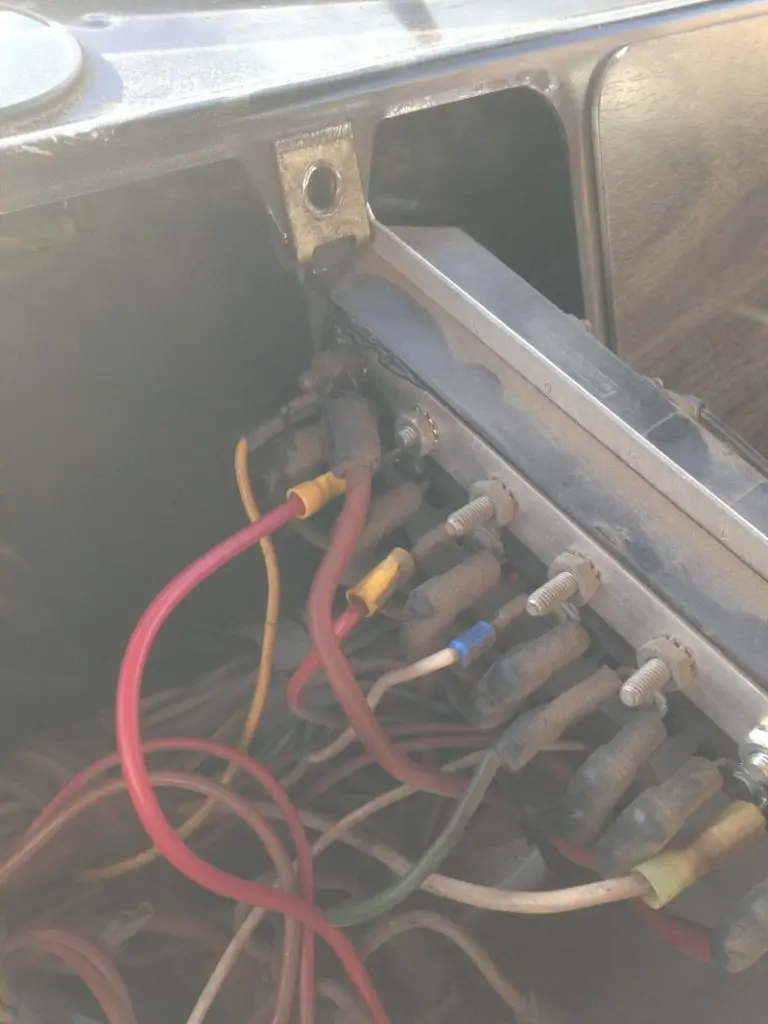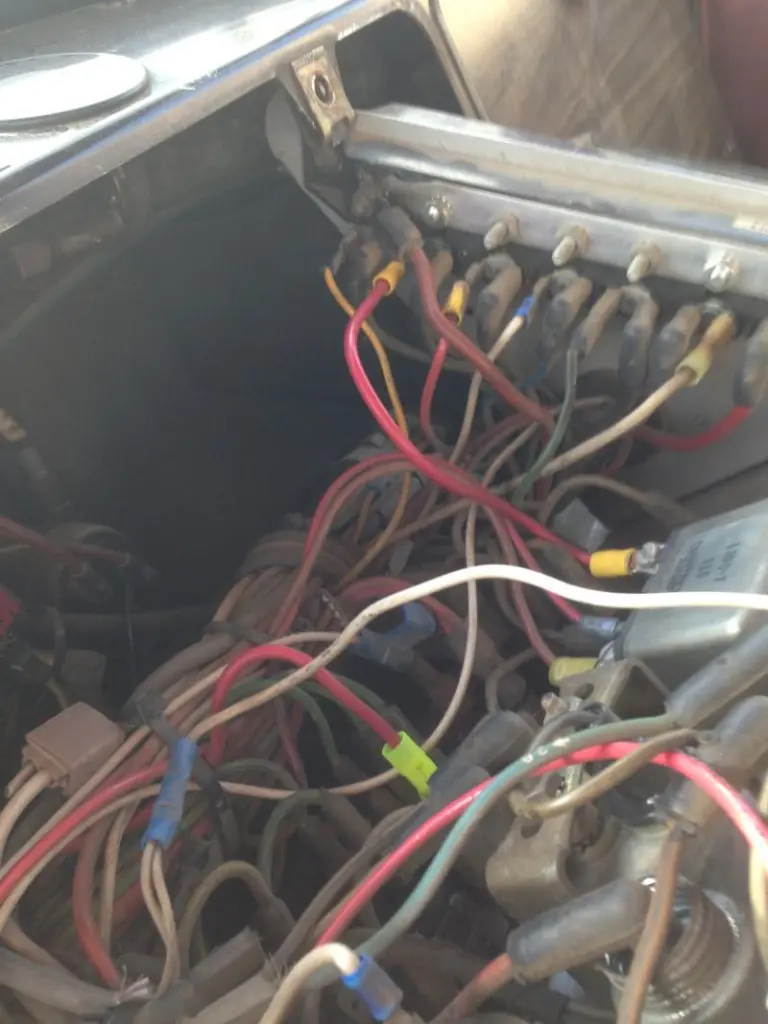Hi Mike,
all good advice here, I would definitely solder the crimp on connector you use, the connector may not have enough current carrying capacity to handle the full load of the bus bar, never seen a night shot of your old KW, but I assume you have it lit up pretty good, you can try and figure out if you have additional load by removing one circuit at a time, using a DC ampmeter, or replace any incandesant bulbs or lights with LED's. it is also possible that one of the branch circuits has rubbed through and is shorting to ground causing increased load like someone previously mentioned.
Have you checked all the grounds between your chassis and cab? sometimes you can get some stray current if one of the bonding cables is corroded.
when you installed the new crimp-on end, did you wire brush the terminal really good to remove any oxidation, corrosion or melted plastic? this can cause a poor connection which creates heat.
looks like you have aluminum bus bars in the one pic, John deere used to use aluminum bus bars in their 30, 40 and 50 series waterloo built tractors. there was a change up to copper bus bars as they do not expand and contract as much as aluminum, the expansion and contraction due to heat load from the current would cause the nuts to come loose and faulty connections were the result.
what soapy means by parallel the wire is to find another piece of wire the same guage, and run two wires from the power source (ie the battery cable or relay post that the big red wire originates from, and run it to the other end of the bus bar. two wires would in parallel to provide the power. this would cut the current that has to be carried in each wire in half as to what the existing wire has to carry for a total current load.
the batteries on your truck may be connected in parallel if you are using 12 volt batteries. if you are using six volt batteries, then you would have to be using 4 batteries in total, you would have two pairs of six volt batteries in series (the positive of the first battery connects to the negative of the second battery) which would basically create a 12 volt battery. the other pair of six volt batteries would also be connected in series. then the positive from the second battery of each pair would be connected to the starter, while the negative of the first battery in each pair would be connected to the frame. which would create two 12 volt sources in parallel. either way you have enough cranking amps to turn that big old engine over.
Highway trucks used to use a series parallel switch, but the went the way of the dodo, as they weren't the best system and caused a lot of confusion and headache as you had the balance the load on the system, the series parallel switch would put the 12 volt batteries in series and crank the engine on 24 volts, when the starter wasn't engaged the switch would switch to parallel and the truck charging system and all lights accessories would run at 12 volts.
something has changed in your truck, you have been running it for a long time with no apparent electrical issues, now this has come up, since it is the power feed wire that is overheating it is obviously seeing more current draw then it previously did. have you added any additional electrical loads to the truck? how about your trailer? have you inspected the harness on the trailer? sometimes the connectors get corrosion inside them that causes a short to ground through the corrosion. or is the wire harness on the trailer rubbed through to the frame underneath somewhere that is causing a current draw or short to ground?
does the truck show the same symptoms without the trailer attached?? It looks as though you may be treating the symptom, but are not inding the root cause of the problem. a very simple way of finding the root cause of problem is to ask "why?" five times. this is how it would work:
Q1:Why is the wire getting hot and letting smoke out?
A: because it is carrying more current than it is designed to carry
Q2: why is the wire carrying more current than it is designed to carry?
A1: because I have lit my truck up like a Christmas tree
A2: Because I am towing my trailer and it has more electrical load
A3: Because the brakes are applied
Q3: why is the excessive current on the wire when I apply the brakes?
A1: more lights are in use when brakes are applied
A2: Brakes lights are a considerably higher wattage than regular tail & marker Lights
A3: the brake circuit is shorting to ground somewhere on the chassis or trailer.
in this scenario a person didn't need to go the end of the five why's, but they found a tangible answer, note there are multiple answers to the second question, start with the most credible, easiest to diagnose and move on from there.
If you follow the above rationale, I would first disconnect the trailer and see if the problem persists, this way you know that it is either in the truck or the trailer. if it is still present in the truck than inspect the chassis wiring inside the frame for any rubbed spots or swollen spots in the harness. swollen harnesses if they are rubber encased or taped up with electrical tape can indicate corrosion.
also inspect your trailer connection cable as it may have been inadvertently pinched between the deck and frame or something when you are switching back and forth between your trailer and beavertail deck.
if you determine the problem is in the trailer, inspect the harness and use some jumper leads and a battery to test individual curcuits. you can also use an ohmmeter and test for continuity to ground, but this is not the most accurate way as almost all trailer circuits have some continuity to ground through the various bulbs.
the battery and test lead method may work as you will see a bigger spark on the circuit that is causing the most draw which will help you to narrow it down.
Hope this helps.

